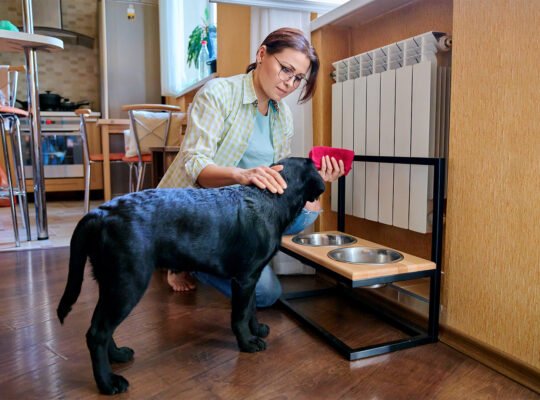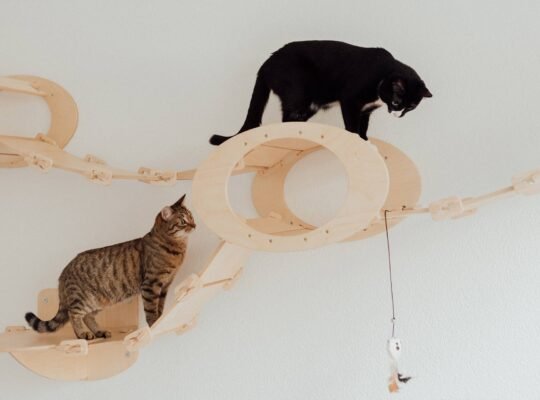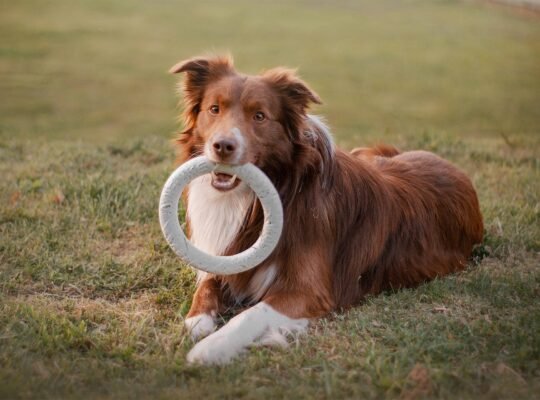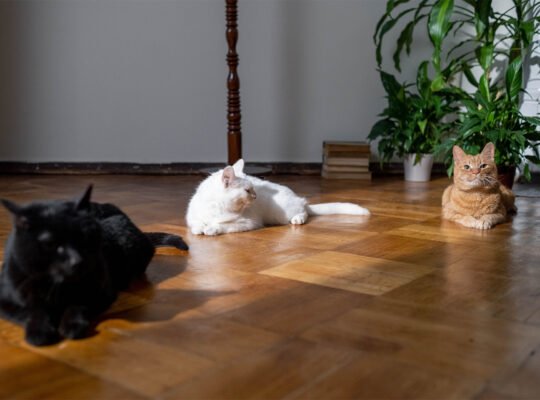Cat Nutrition 101: A Guide to Choosing the Right Food for Your Feline Friend
1. Introduction
Having a feline friend means taking responsibility for their well-being, and one crucial aspect of their health is their nutrition. Just like humans, cats require a balanced diet to thrive and maintain optimal health. However, with the plethora of cat food options available, choosing the right one can be a daunting task. In this comprehensive guide, we will delve into the world of cat nutrition and provide you with valuable insights on selecting the best food for your feline companion.
2. Understanding Your Cat’s Nutritional Needs
Before we dive into the specifics of choosing cat food, it’s important to understand the unique nutritional requirements of our furry friends. Cats are obligate carnivores, which means their bodies are designed to derive essential nutrients from animal sources. They require a diet rich in high-quality protein, healthy fats, and limited carbohydrates.
3. Essential Nutrients for Cats:
Protein: Cats need protein to build and repair tissues, maintain a healthy coat, and support a strong immune system. Look for cat foods that list real meat, such as chicken, turkey, or fish, as the primary ingredient.
Fats: Healthy fats provide energy, aid in nutrient absorption, and promote a shiny coat. Omega-3 fatty acids, found in fish oil, are particularly beneficial for cats.
Vitamins and Minerals: Cats require a range of vitamins and minerals, including vitamin A, vitamin E, calcium, and phosphorus, among others. These micronutrients play a vital role in various bodily functions.
Water Intake:
Cats have a low thirst drive, and they often don’t drink enough water. This can lead to dehydration and urinary tract issues. Feeding wet or moist cat food is an excellent way to increase their water intake and maintain hydration.
4. Decoding Cat Food Labels
When shopping for cat food, understanding how to decode the labels is essential. Here are a few key points to keep in mind:
5. Ingredient List:
The first few ingredients listed on the label make up the majority of the cat food. Ensure that a high-quality source of animal protein, such as chicken or beef, is among the top ingredients.
Avoid cat foods with vague or generic terms like “meat by-products” or “animal meal” as the primary protein source. Opt for specific named meats instead.
6. Avoid Fillers and Additives:
Fillers like corn, wheat, and soy offer little nutritional value to cats and can cause digestive issues. Similarly, artificial additives and preservatives should be minimized or avoided.
7. Life Stage and Special Requirements:
Consider your cat’s life stage when choosing food. Kittens have different nutritional needs than adult or senior cats. If your cat has specific health concerns, consult with your veterinarian for specialized diets.
8. Wet vs. Dry Food: The Great Debate
The choice between wet and dry cat food is a subject of much debate among cat owners. Each type has its pros and cons, and the decision ultimately depends on your cat’s preferences and specific circumstances.
9. Wet Food:
Wet cat food typically has a higher moisture content, which can help prevent urinary tract issues and promote hydration.
It is often more palatable for picky eaters and older cats with dental problems.
However, it tends to be more expensive and can spoil quickly if left out for too long.
10. Dry Food:
Dry cat food is convenient, cost-effective, and can be left out for free-feeding.
It helps maintain dental health by reducing plaque and tartar buildup.
On the downside, it contains less moisture, which may contribute to dehydration in cats that don’t drink enough water.
FAQs about Cat Nutrition
Q1: How much should I feed my cat?
The feeding guidelines on cat food packaging provide a general starting point. However, factors like age, activity level, and metabolism can affect the amount of food your cat needs. Consult with your veterinarian for personalized feeding recommendations.
Q2: Can I feed my cat a homemade diet?
While homemade diets can be an option, it’s crucial to ensure they meet all of your cat’s nutritional requirements. Consulting with a veterinary nutritionist is highly recommended to avoid deficiencies or imbalances.
Cat Nutrition 101: A Guide to Choosing the Right Food for Your Feline Friend
Conclusion: Making the Right Choice for Your Feline Friend
In conclusion, selecting the right food for your feline friend is a vital aspect of their overall health and well-being. By understanding their unique nutritional needs, decoding food labels, and considering factors like wet vs. dry food, you can make an informed decision.
Remember, when in doubt, consult with your veterinarian for personalized advice based on your cat’s specific requirements. With the right diet, your feline companion can enjoy a happy and healthy life by your side.
















